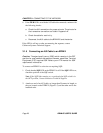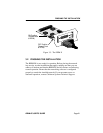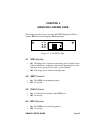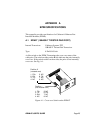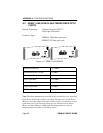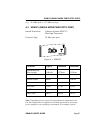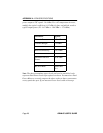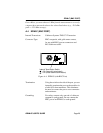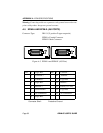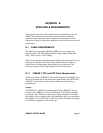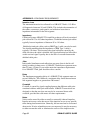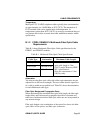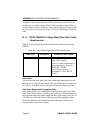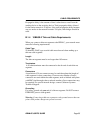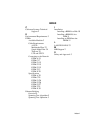
BRIM-E6 USER’S GUIDE Page 31
APPENDIX B
EPIM CABLE REQUIREMENTS
This appendix describes cable specifications and requirements for the
EPIMs. Your network must meet the requirements and conditions
specified in this chapter to obtain satisfactory performance from this
equipment. Failure to follow these guidelines could result in poor network
performance.
B.1 CABLE REQUIREMENTS
The Ethernet Port Interface Modules (EPIMs) let you expand your
network using UTP, STP, Multimode Fiber Optic, Single Mode Fiber
Optic, Thin Coaxial, or AUI cabling.
Take care in planning and preparing the cabling and connections for your
network. The quality of the connections and the length of cables are
critical factors in determining the reliability of your network. The
following sections describe specifications for each media type.
B.1.1 10BASE-T UTP and STP Cable Requirements
When you connect a 10BASE-T Twisted Pair Segment to the EPIM-T, the
device at the other end of the twisted pair segment must meet IEEE 802.3
10BASE-T specifications. Your network must meet the following
requirements:
Length
The IEEE 802.3 10BASE-T standard requires that 10BASE-T devices
transmit over a 100 meter (328 foot) link using 22-24 AWG unshielded
twisted pair wire. However, cable quality largely determines maximum
link length. If you use high quality, low attenuation cable, you can achieve
link lengths of up to 200 meters. Cable delay limits maximum link length
to 200 meters, regardless of the cable type.



